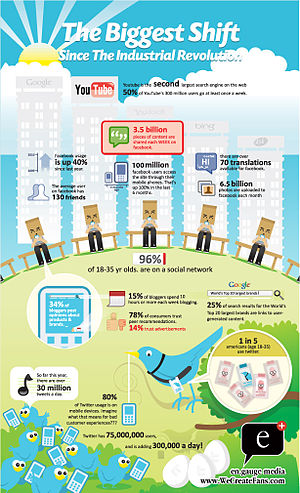The rising tension between technology, traditional media, and social media in sports has been very evident lately. The first example, if you haven’t heard, is the biggest story in the sports world at this moment about a league that isn’t currently in season. Gregg Williams, formerly defensive coordinator for the New Orleans Saints football program, has sent a shock to the world over something we as fans may have known existed, yet were appalled to actually hear ourselves as the “Bountygate” scandal spread.
Well on April 5th, audio of a shocking speech by Williams made before the last Saints game of 2011-‘12 was released to the public by documentary filmmaker Sean Pamphilon. Pamphilon had been recording in the locker room as he worked on a story about former player Steve Gleason, who is battling Lou Gherig’s disease. Needless to say, the parties involved were not too happy that a recording that happened in the sacred grounds of the “locker room” was later released.
Technology Where It Should and Shouldn’t Be
Changing sports, another example of media tension can be found in hockey. As a huge fan of the NHL, I think the best thing to come along recently was the installment of HBO’s 24/7 Road to the Winter Classic; where HBO follows behind the scenes of the two teams who are competing in the premier outdoor event on New Years Day. It takes you into the “holy grounds” of the locker room to see how players and coaches prepare for games. You learn the lifestyle these athletes live. As someone who grew up wanting to do these things, it’s great to see everything I dreamed about.
However coaches and staff really dislike it. It gives the world a look into their techniques that give competitive advantages. Some coaches believe there’s no place for technology in the locker room. It’s a place where focus and concentration are needed in order to prepare for the next 60 minutes, 9 innings, or 4 quarters. This belief holds for cameras, cell phones, iPods, et al.
Social Media vs Traditional Media
Meanwhile, social media has become such a huge part of players, fans, and reporters’ lives that the NHL implemented a policy of when players can use it. “Use of social media by Hockey Operations personnel is prohibited on game day (including all preseason, regular reason and playoff games but excluding All-Star events or other exhibitions) beginning at 11 a.m. on the day of the game and ending after post-game media obligations.”
The biggest thing to note here is that social media, even though it’s wildly popular, is taking a backseat to the traditional media outlets allowed to cover the news. This includes reporters interviewing athletes before and after the event. I think this is very important for the media world, as we continue to see the number of newspapers and journals diminish.
Steve Zipay of Newsday in the New York metropolitan area is a great example of someone who is juggling all three outlets. He tweets frequently, runs a blog, and his main job is a column for the Newsday paper, all-revolving around the New York Rangers. He frequently talks about how people read tweets incorrectly and how difficult it is to convey a message in 140 characters on what he’s covering. The clashing of all these media channels is increasing, and soon enough will produce interesting effects.
Personally, when I want to know what’s going on at the moment I breeze through Twitter. When I need to learn more information, I’ll read the blog post about it. When I want to find an established and proven opinion, I’ll read columns in the newspaper (because everything that’s printed has to be good, right?).
When the tension between these media channels comes to a head, which do you think will prevail — traditional media, social media, or cameras in the locker rooms?





The Tension Between Technology, Traditional Media, and Social Media in Sports | Change Conversations http://t.co/q0K5Ltsi